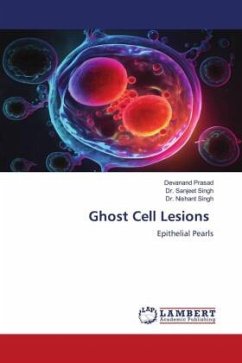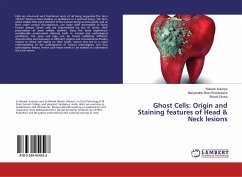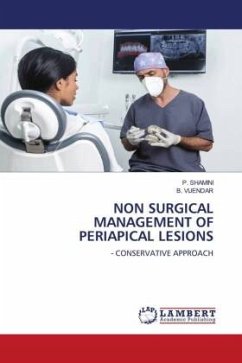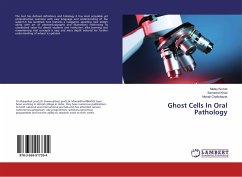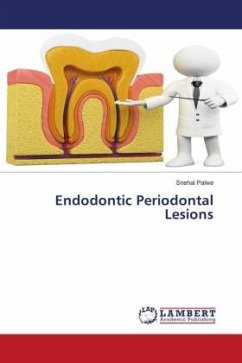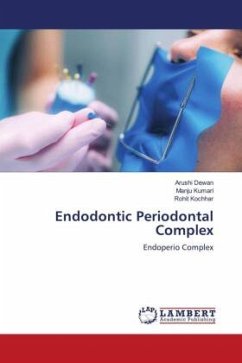Ghost cell Lesions are rather uncommon entity in oral lesions . The term ghost cells refer to a distinctive type of intra cytoplasmic keratinization results in preservation of both cell outline with a clear area corresponding to the previous location of the nucleus . These ghost cells are swollen ellipsoidal keratinized epithelial cells. They may occur in small groups or in large masses, capable of inducing various types of stromal reactions. The ghost cells may be in contact with the connective tissue wall of the cyst, where they may evoke a foreign body reaction with the formation of multinucleated giant cells. They may various patterns, i.e. degenerations, tissue granulation and calcification . Few odontogenic and non-odontogenic tumors exhibit ghost cells as a typical feature. These cells are characteristically seen in calcifying cystic odontogenic tumors (CCOT), craniopharyngiomas and pilomatricomas also seen in other rare entities such as odontomas, dentinogenic ghost cell tumors, dentinogenic ghost cell carcinomas, ameloblastomas and clear cell odontogenic carcinoma.
Bitte wählen Sie Ihr Anliegen aus.
Rechnungen
Retourenschein anfordern
Bestellstatus
Storno

